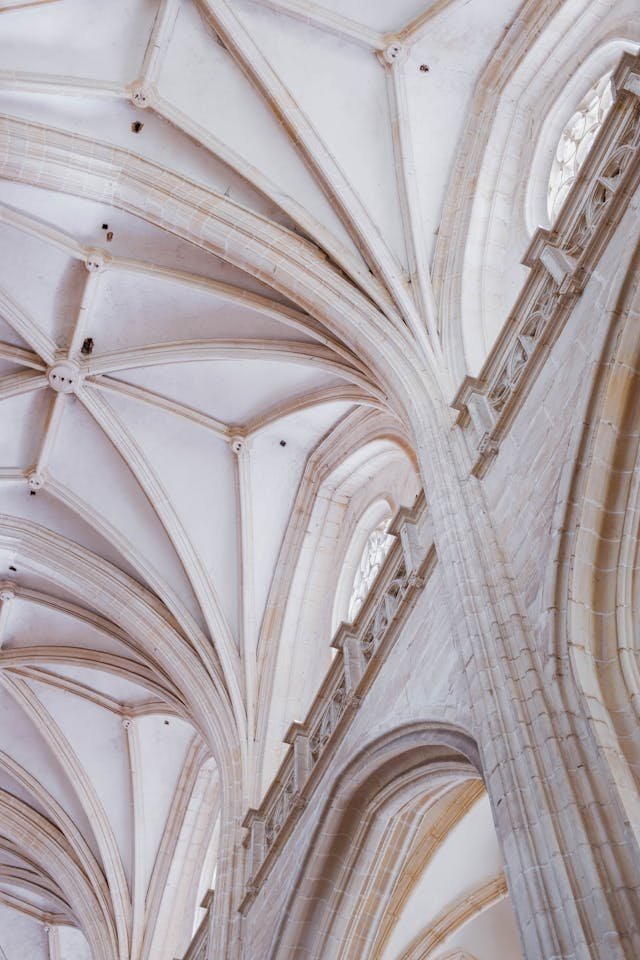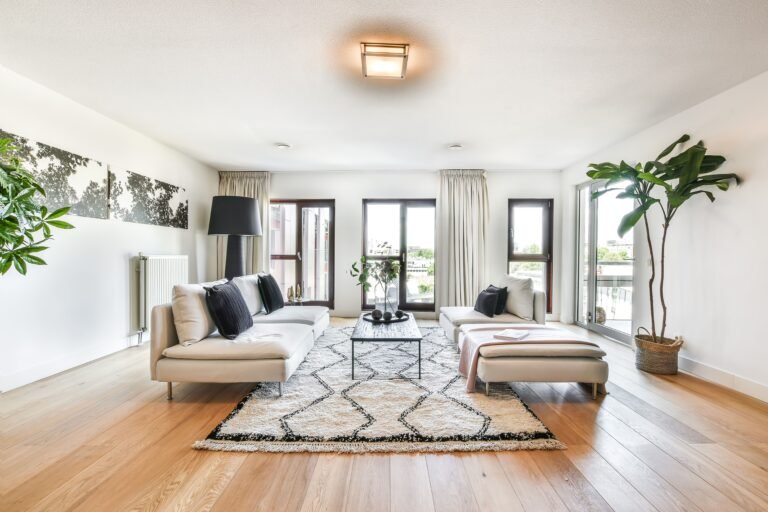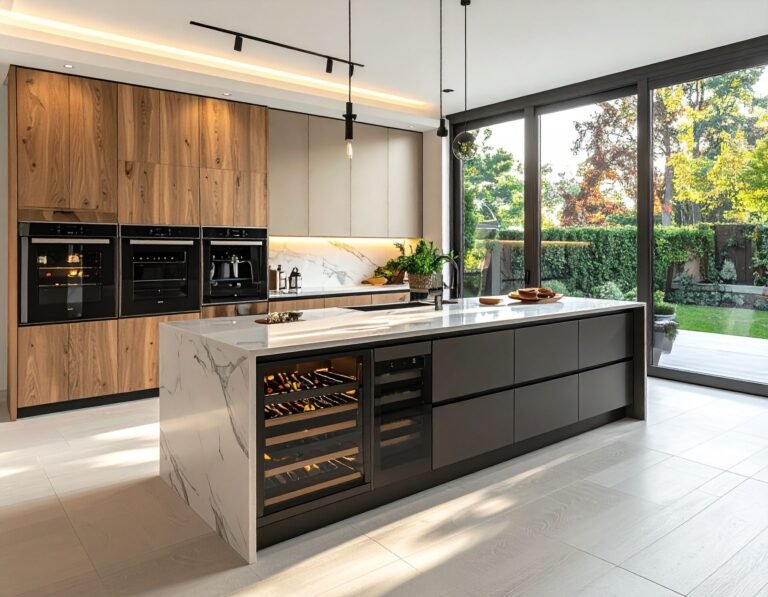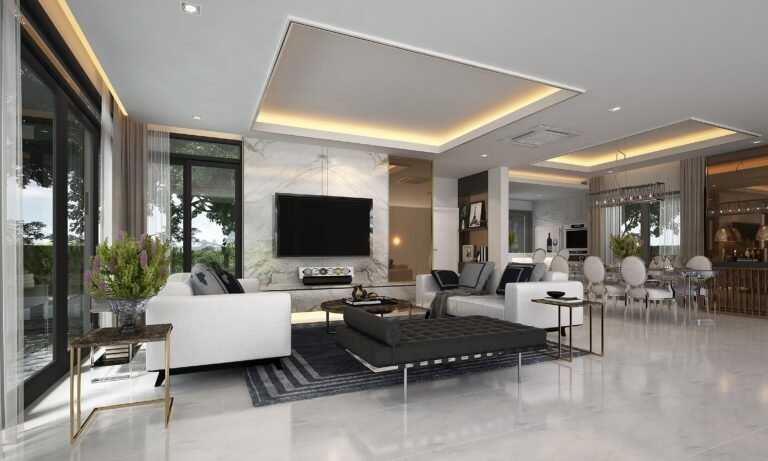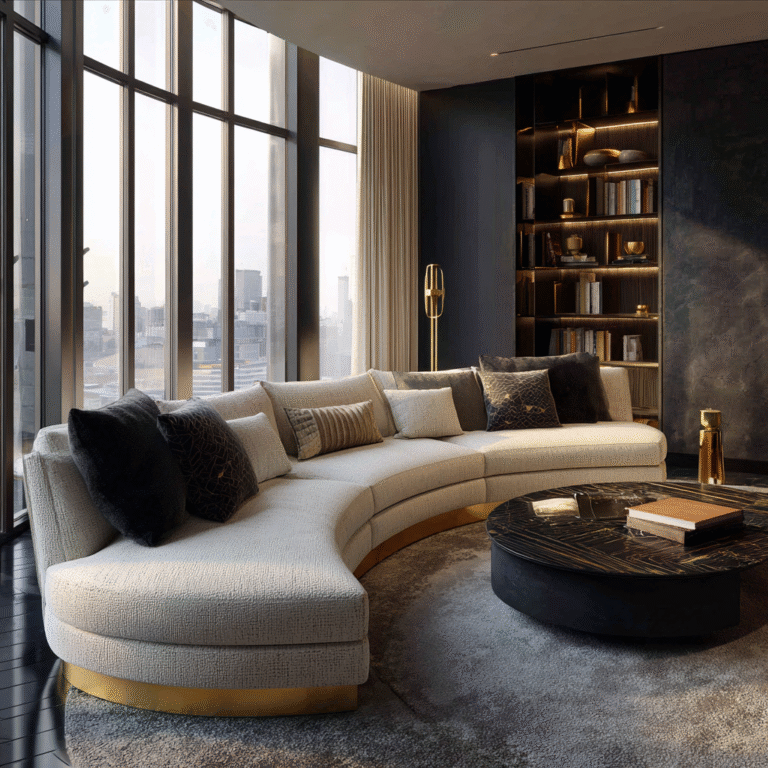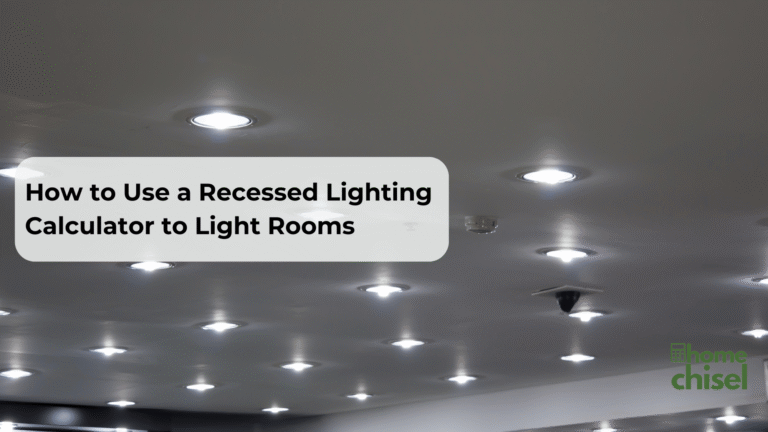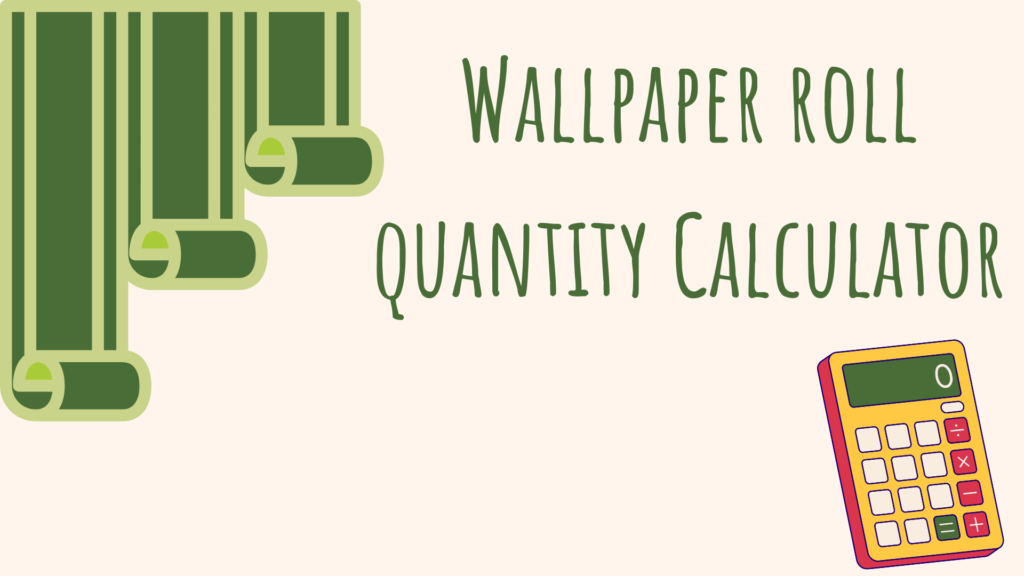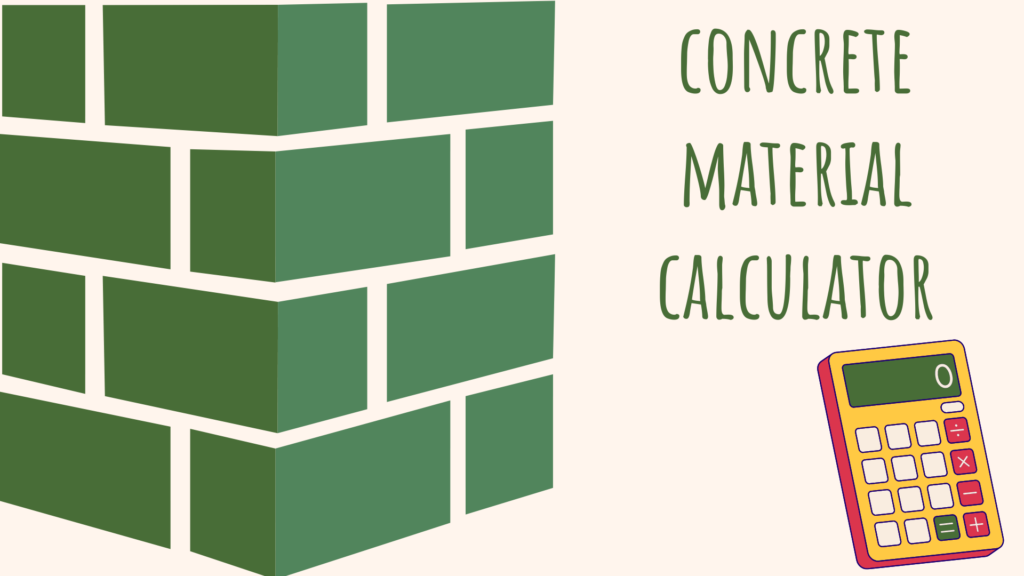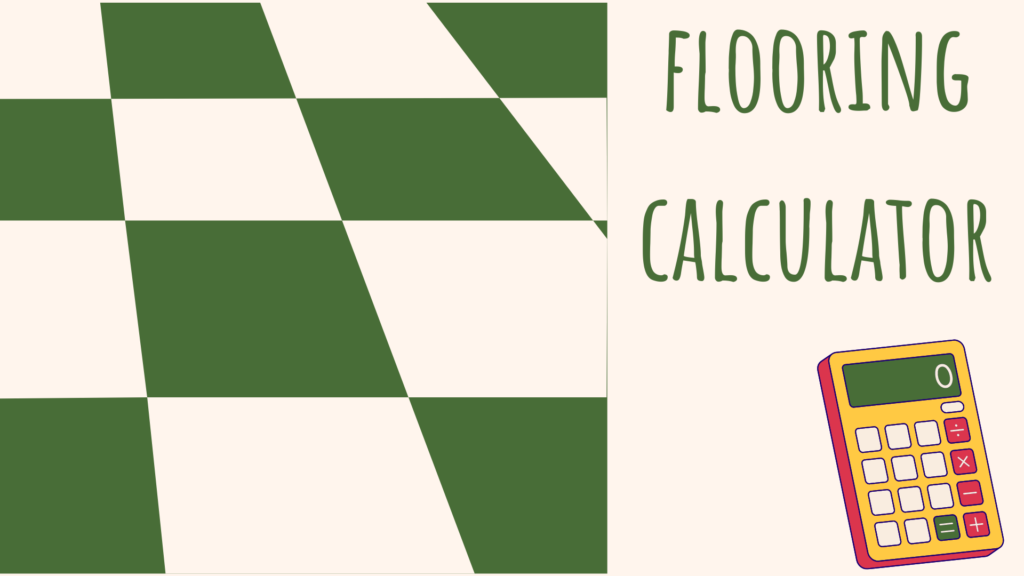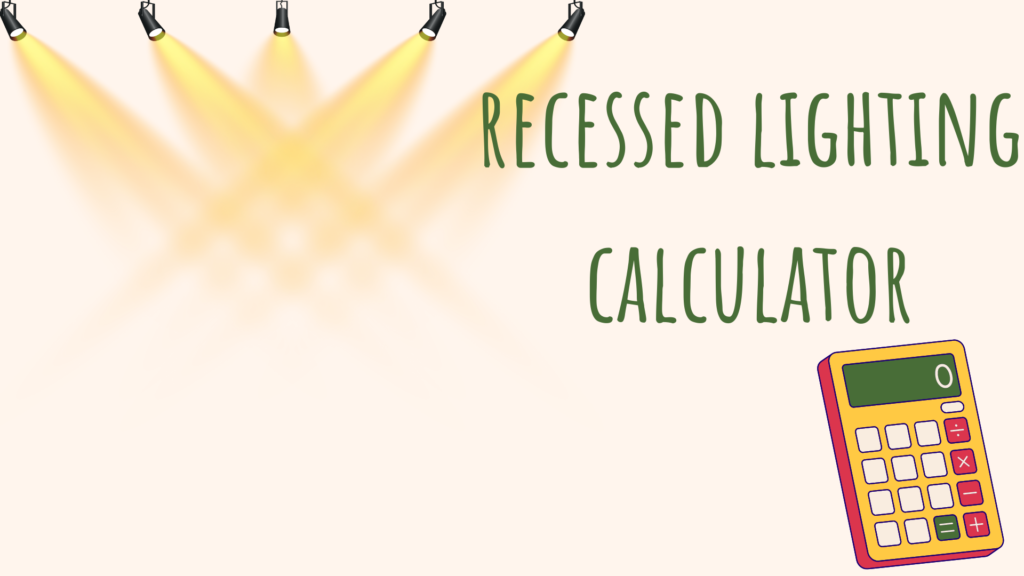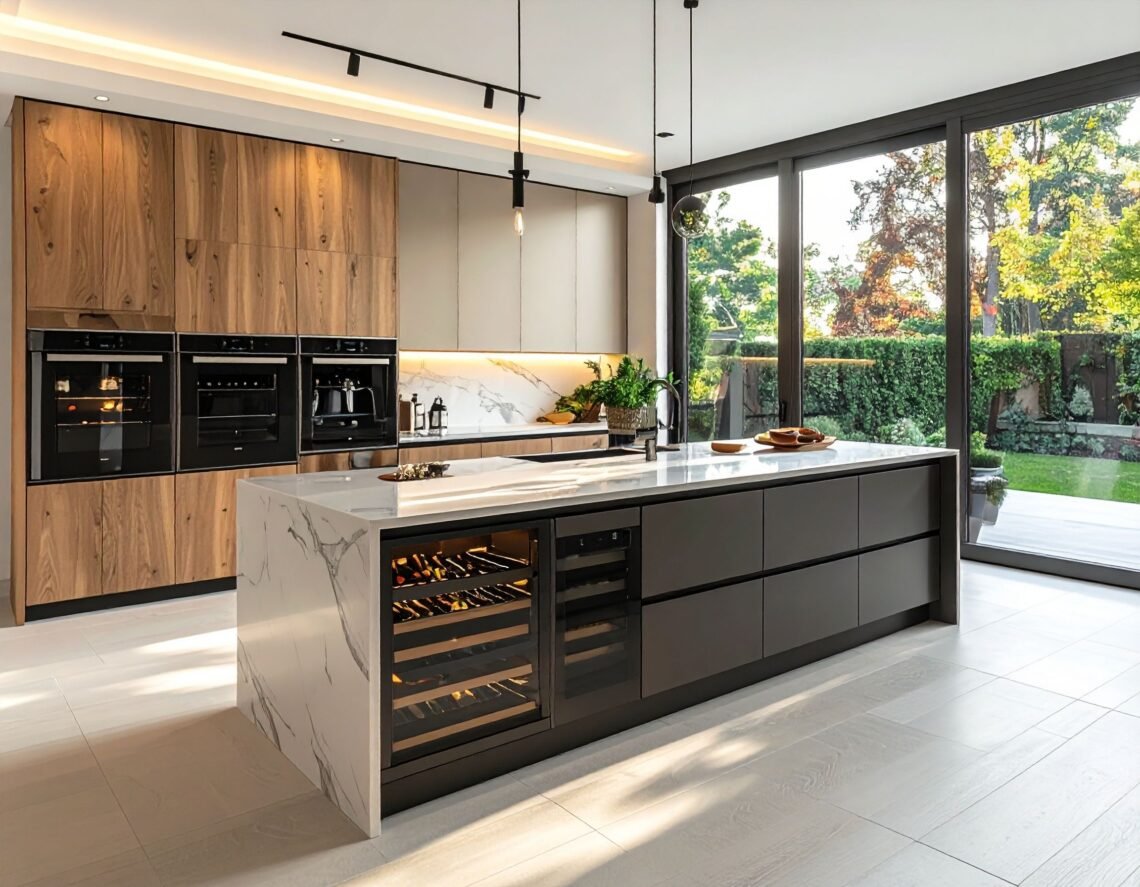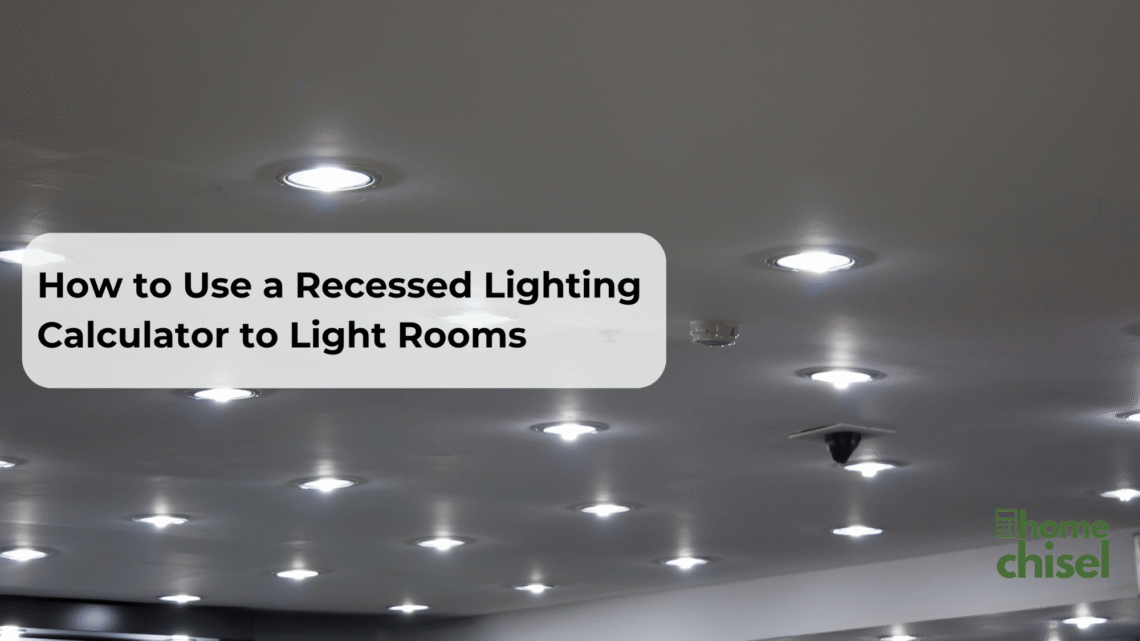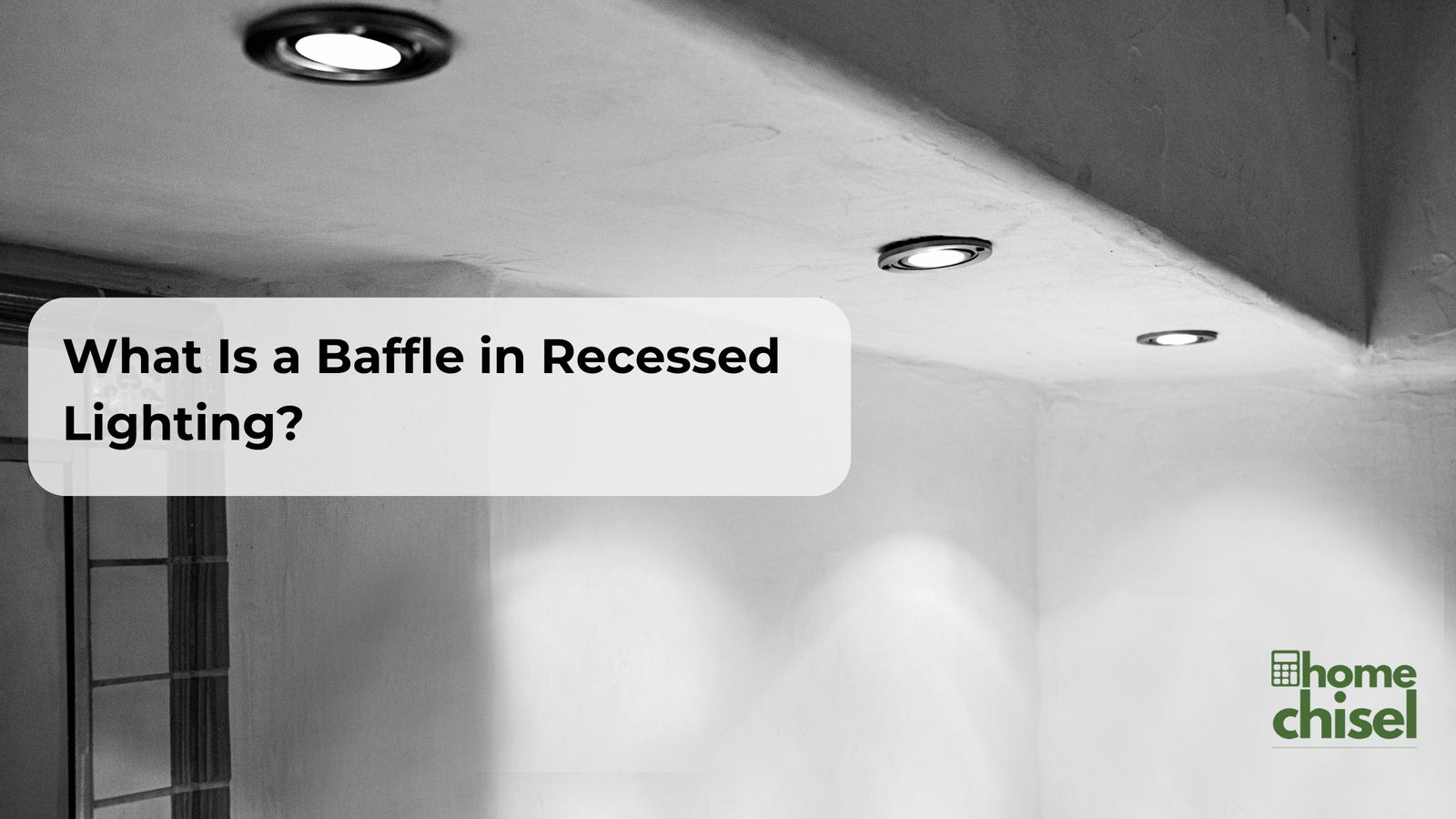Table of Contents
Vaulted ceilings add a sense of spaciousness and elegance to any room, but they also come with unique lighting challenges. Properly calculating and planning recessed lighting for vaulted ceilings can transform your space, ensuring a balance of style and functionality. This guide will provide step-by-step insights, practical tips, and tools to make your lighting project a success.
Understanding Vaulted Ceilings and Recessed Lighting
What Is a Vaulted Ceiling?
Vaulted ceilings feature sloped sides that elevate the height of a room, creating a more open and airier feel. They can vary in design, including A-frame styles or more subtle slopes. While often confused with cathedral ceilings, the key difference lies in symmetry—vaulted ceilings may have asymmetrical slopes, whereas cathedral ceilings usually mirror each other.
For a deeper dive into vaulted ceiling designs, check out this Architectural Digest article on vaulted ceilings.
Why Recessed Lighting Works for Vaulted Ceilings?
Recessed lighting is ideal for vaulted ceilings due to its sleek and unobtrusive design. Unlike traditional fixtures, recessed lights blend seamlessly into the ceiling, highlighting the architectural features without cluttering the space. Key benefits include:
- Ambiance Control: Offers both general and accent lighting options.
- Functionality: Provides uniform light distribution in large, angled spaces.
- Aesthetic Appeal: Enhances the height and openness of the room.
For more ideas on recessed lighting benefits, refer to our Comprehensive Guide to Recessed Lighting.
Types of Recessed Lighting for Vaulted Ceilings

Adjustable Recessed Lights
These fixtures allow you to direct light where it’s needed most, compensating for the angles of a vaulted ceiling. Ideal for task or accent lighting, adjustable lights are versatile and practical for highlighting specific areas.
Angle-Cut Recessed Lights
Angle-cut trims are designed specifically for sloped ceilings, ensuring the light beam points downward rather than at an awkward angle. They’re perfect for maintaining even lighting throughout the space.
LED Recessed Lights
Energy-efficient and long-lasting, LED recessed lights are the preferred choice for vaulted ceilings. They come in various brightness levels and color temperatures, making them suitable for both ambient and task lighting.
Placement Strategies for Vaulted Ceiling Lighting
General Ambient Lighting
For a well-lit room, position recessed lights evenly across the ceiling. Use our Recessed Lighting Layout Calculator to determine the optimal placement and spacing for even light distribution.
Task Lighting
In areas like kitchens or home offices, task lighting is essential. Position adjustable recessed lights over work surfaces to reduce shadows and provide focused illumination.
Accent Lighting
Accent lighting highlights architectural details, artwork, or furniture. Strategically place lights along the slopes of your ceiling to draw attention to these features.
Calculating the Number of Recessed Lights Needed
Measuring Room Dimensions
Start by measuring the length, width, and height of your room. These dimensions will form the basis of your lighting plan.
Using a Lighting Calculator for Accuracy
Save time and ensure precision with our Recessed Lighting Layout Calculator. Input your room dimensions to receive recommendations on the number of fixtures and their placement.
Accounting for Ceiling Angles and Light Coverage
Vaulted ceilings require adjustments to ensure the light spreads evenly. Consider the angle of the ceiling and select fixtures with appropriate beam angles to avoid shadows.
Best Practices for Recessed Lighting in Vaulted Ceilings
Optimal Spacing for Recessed Lights
Space your lights evenly, typically 4 to 6 feet apart, depending on the height and size of the room. This spacing ensures consistent light distribution.
Choosing the Right Beam Angles
Select fixtures with narrow beam angles (20–40 degrees) for focused lighting or wider angles (50–120 degrees) for general illumination.
Avoiding Glare and Shadows
Use angle-cut trims and dimmable LED fixtures to reduce glare. Layer your lighting with floor lamps or wall sconces for a balanced effect.
Challenges of Installing Recessed Lighting in Vaulted Ceilings
Access and Clearance Issues
Working at height requires careful planning. Ensure you have adequate attic access or alternative installation methods for wood ceilings.
Insulation Concerns
Opt for IC-rated fixtures to prevent overheating when installed near insulation. This ensures safety and energy efficiency.
Managing Brightness and Glare
Vaulted ceilings can create glare if the lights are too bright. Use dimmable LEDs and experiment with different color temperatures to find the perfect balance.
FAQs
Can You Use Recessed Lights on a Vaulted Ceiling?
Yes, recessed lights are an excellent choice for vaulted ceilings. Angle-cut trims and adjustable fixtures are especially effective.
How Many Recessed Lights Do I Need for a Vaulted Room?
The number of lights depends on the room size and ceiling height. Use our Recessed Lighting Layout Calculator for precise recommendations.
What Type of Recessed Lights Are Best for Sloped Ceilings?
Adjustable and angle-cut recessed lights are the best options for sloped or vaulted ceilings. They ensure the light beams are directed properly.
Resources for Perfect Recessed Lighting Layouts
Using HomeChisel’s Tools and Guides
Our Recessed Lighting Layout Calculator simplifies the planning process, while the Comprehensive Guide to Recessed Lighting offers in-depth insights.
External Resources for Lighting Design
- Learn more about lighting options at Lighting Design Institute.
- Explore recessed lighting ideas from Houzz.
Upgrade Your Vaulted Ceiling Design with Recessed Lighting
Recessed lighting is a stylish and functional solution for vaulted ceilings. By carefully calculating and planning your layout, you can enhance the beauty and usability of your space. Use HomeChisel’s tools and resources to create a lighting design that’s tailored to your needs.
